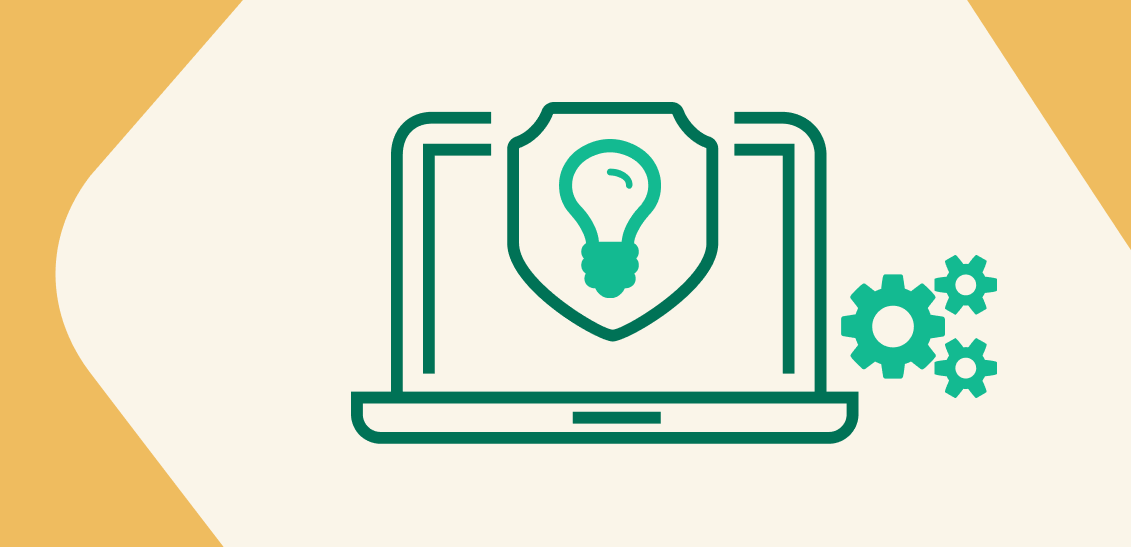For mid-sized companies, the initial setup of an LMS brings excitement and promise.
However, as many organizations quickly discover, simply adopting a system doesn’t always yield the expected results - and ultimately fails.
Key challenges often emerge, such as…
- low employee engagement
- the complexity of managing mandatory compliance training
- and the need for frequent updates to meet evolving regulations.
These factors can turn an LMS into a source of frustration rather than a powerful tool.
When used effectively, an LMS - like XtraMile - can streamline time-intensive training management, increase information retention, and cultivate a culture of learning that boosts productivity and compliance.
The key lies in moving beyond implementation, developing a strategy that adapts the LMS to the unique needs of your workforce and industry.
This involves setting clear objectives, creating engaging, role-specific training paths, and using data insights to keep the content relevant and impactful.
This article is tailored for mid-sized organizations with high compliance demands and offers best practices to ensure your LMS doesn’t just meet basic requirements but becomes a valued and integral part of your team’s growth.
By addressing common obstacles and leveraging strategies for engagement, automation, and flexibility, you can unlock the full potential of your LMS and drive real organizational value.
Let’s get started.
1. Set targeted learning goals for ongoing value
Beyond initial implementation, it’s crucial to have ongoing goals for your LMS to align it with your company’s evolving training needs. Make sure your LMS addresses specific objectives, from compliance tracking to role-based skill-building, so it can grow alongside your organization.
Best practice tip: Revisit training goals quarterly, adjusting to cover new compliance requirements, skills gaps, or company initiatives. This ensures your LMS remains relevant and doesn’t become stagnant, reinforcing its long-term value.
Check out our in-depth guide on the Best Learning Management System for 2025.
2. Create micro-learning, role-specific learning paths
Avoid a generic training approach by creating modular, role-specific paths that allow employees to engage only with the most relevant content. Unlike a one-time setup, ongoing customization lets you adjust paths as roles evolve or new requirements arise, ensuring employees find training useful and engaging.
Best practice tip: Use micro-learning to build role-specific tracks, allowing employees to progress at their own pace and avoid “content overload.” This approach keeps training concise, relevant, and better aligned with each employee’s responsibilities.
3. Embed real-world scenarios for practical learning
To make training memorable, go beyond quizzes and videos by embedding real-world scenarios that employees can apply directly to their roles. This approach allows them to see the practical implications of training, which is particularly useful in industries where compliance and safety are critical.
In fact, studies indicate that learners retain 70% of knowledge when training involves practical application, like real-world scenarios, compared to only 10-20% with theoretical learning alone.
-1.png?width=564&height=474&name=LMS%20beste%20%20praksiser%20(1)-1.png)
Best practice tip: Use your LMS to create scenario-based simulations or case studies relevant to each role. For example, compliance-focused scenarios for frontline workers or leadership exercises for managers help translate training into actionable skills, enhancing both retention and relevance.
4. Provide self-directed learning opportunities
When employees have some control over their learning paths, they’re more likely to engage.
Allow them to select optional courses related to their interests or career aspirations, providing a break from required courses and supporting long-term engagement.
Best practice tip: Set up “learning paths” for optional development areas like leadership or specific skill-building. When employees see your LMS as a tool for personal growth, they’re more likely to engage with it regularly.
5. Use the LMS for continuous compliance tracking
With compliance a top priority for many mid-sized companies, using your LMS for ongoing compliance tracking helps reduce manual oversight and ensures regulatory deadlines aren’t missed.
Unlike an initial implementation, continuous tracking requires regular monitoring and adjustments to match evolving standards.
Best practice tip: Schedule periodic compliance refreshers, and let your LMS handle automated tracking and reminders for each compliance milestone. This minimizes risk while freeing HR to focus on strategic projects.
.jpg?width=650&height=450&name=Frame%2010023%20(2).jpg)
6. Enable multi-device accessibility for field and remote employees
Whether it’s employees working on-site, in the field, or remotely, multi-device accessibility is essential. Choose an LMS that allows seamless access on desktop, tablet, and mobile so that training is accessible to every employee, no matter where they are.
Further reading: 8 Types of LMS: Which Platform is Right for your Organization?
Best Practice Tip: Test your LMS on various devices to ensure the user experience is consistent. Multi-device access makes it easier for employees to fit training into their schedules, especially in industries where workers are on the move.
7. Encourage Feedback to Refine Training Content
Make training a two-way street by using employee feedback to improve your LMS’s content over time. Employees can provide insights into what’s working and where adjustments could make training more engaging or relevant. By continuously refining content, you ensure that the LMS keeps meeting employee needs.
Best practice tip: Use surveys or in-LMS feedback options to gather employee input on each course or module. Regularly updated content based on real employee experiences leads to higher engagement and helps your training stay relevant and impactful.
-2.png?width=673&height=465&name=Frame%2010023%20(5)-2.png)
8. Incorporate gamified elements to sustain engagement
Gamification keeps training fresh and enjoyable. By using elements like badges, points, and leaderboards, you can sustain engagement over time—especially for ongoing training like compliance or safety, where motivation can drop off.
Best practice tip: Integrate LMS features like gamification for high-stakes training areas. For example, award badges for safety milestones or create leaderboards for compliance modules, using friendly competition to encourage employees to take ownership of their training.

9. Communicate the benefits regularly
Keep the LMS visible and relevant by communicating its benefits regularly, whether through team meetings, newsletters, or intranet announcements. Employees are more likely to engage with the LMS when they understand how it contributes to their growth and the company’s success.
Best practice pip: Highlight success stories or examples of how training has helped employees improve in their roles. Showcasing tangible results reinforces the LMS as a career tool and not just a compliance requirement, making it a valued part of your workplace culture.
Conclusion
Using an LMS to its full potential means going beyond simple implementation.
By defining evolving goals, personalizing learning paths, incorporating feedback, and promoting engagement, you can make your LMS a valuable resource for both compliance and employee development.
With these best practices, your LMS can grow with your company, driving productivity, compliance, and a culture of continuous learning that supports long-term success.
Sign up for a free demo to see how XtraMile can help your organization unlock the full potential of your training programs.

